Life In Plastic, It’s Getting Drastic: How To Be An Eco-Friendly Traveler
Eco-friendly tourism is becoming a movement among travellers. The sustainable trend is causing companies, tourism boards, and transport to revamp their carbon footprint. Honestly, I am HERE for it. During my time travelling, I’ve seen some awe-inspiring places. Those kinds of places that take your breath away. You don’t even want to take a photo because no amount of filter would never do the real thing any justice. However, with good, always comes bad.
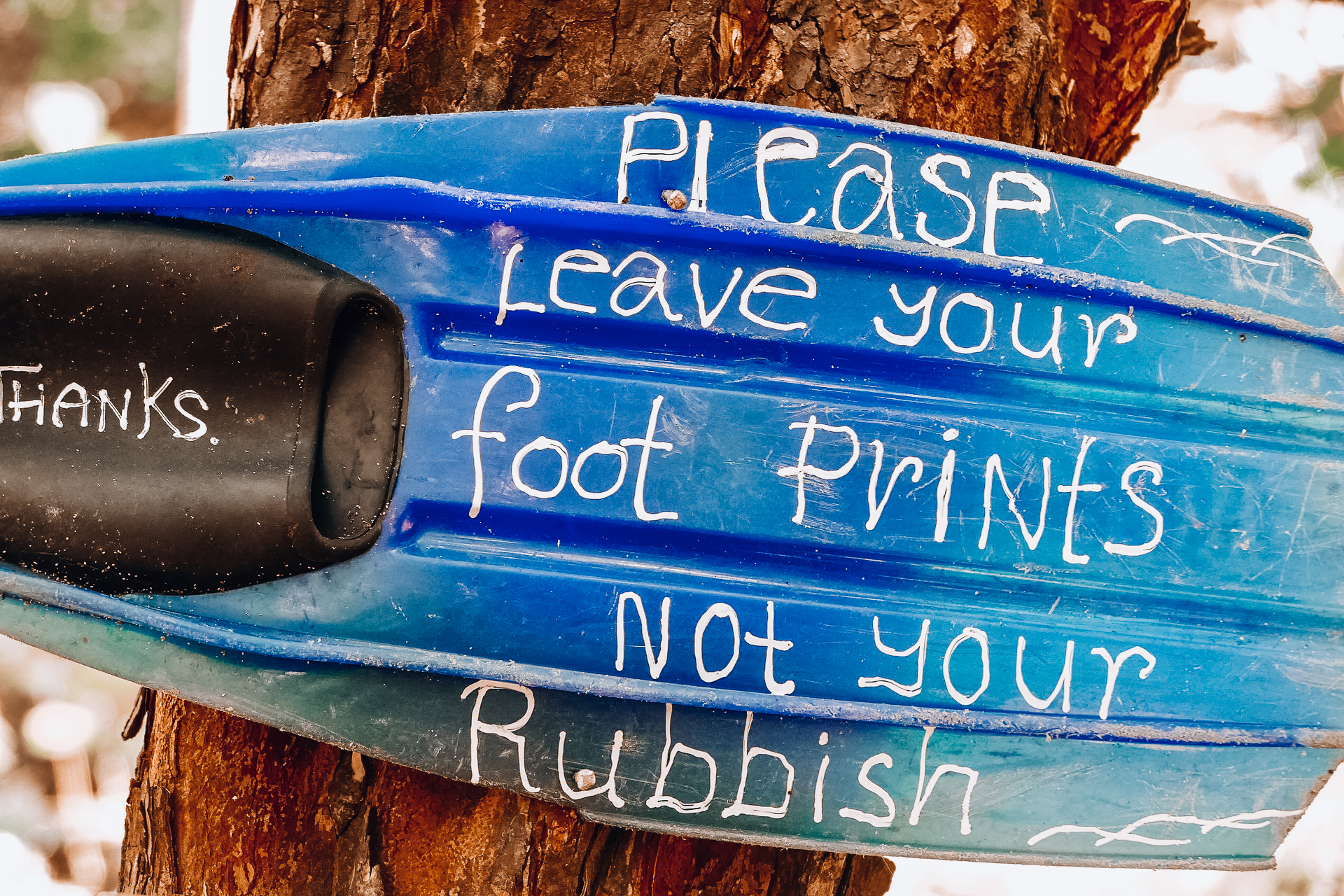
These beautiful places have seen such a boom in tourism in the last few years, that sustaining the environment has become a huge burden on tourist boards. Take the Philippines, for example. President Durante had to shut the beautiful Boracay island for 6 months, because of what he described as “cesspool” beaches. Following this, Thailand then had to shut Maya beach (the beach from The Beach) due to excessive tourism numbers (I’ve written more about this here). Being more conscious and eco-friendly while travelling is key to making sure we preserve these beautiful destinations!
This is not to say tourism isn’t great for a lot of countries. However, excessive tourism can lead to horrific ramifications for the environment.
When travelling Southeast Asia, I saw first hand the addiction to plastic which is ultimately turning our oceans into poisonous plastic-soup. Eight million tons of plastic is dumped into the world’s oceans every day. With more than half coming from China, Indonesia, the Philippines, Thailand, and Vietnam, it’s easy to see why eco-friendly travel is becoming even more important.
But how can we be eco-friendly while travelling?
It’s not just single-use plastic that’s the culprit, hiking gear, clothes, and the food we eat all can have an impact. For the eco-friendly traveller, buying the right gear and researching destinations beforehand can go an extremely long way of helping the environment. Here, I will list a few of the ways we as backpackers/travellers/tourists can help reduce waste and become more eco-friendly.
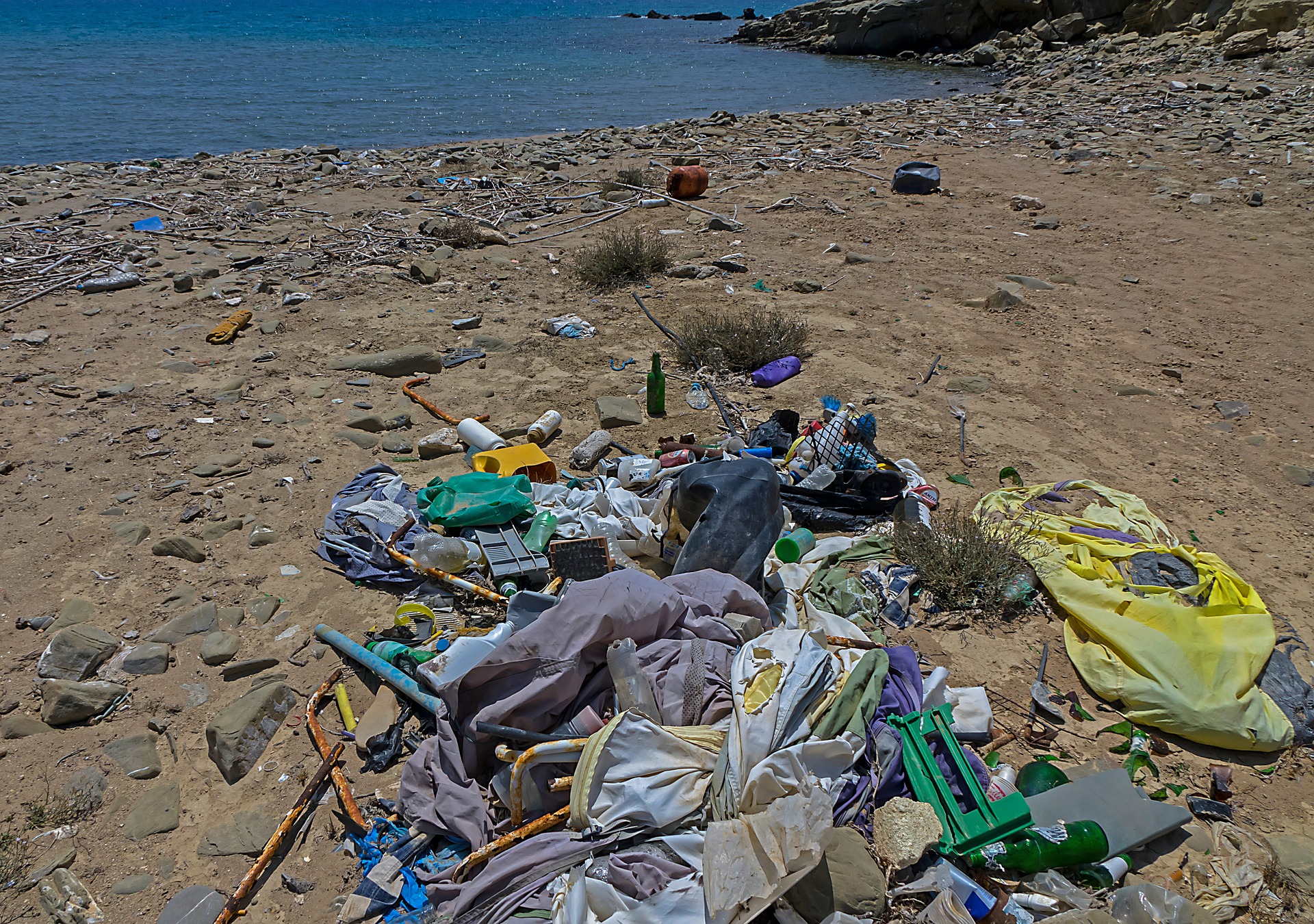
Limiting Single-Use Plastic
Reducing your use of single-use plastic should be your principal way of reducing your footprint. Investing in a sturdy reusable water bottle instead of buying a new plastic bottle every time is a good place to start. I personally use a stainless steel water bottle, which cost me $5 in Kmart (so no complaining they’re too expensive). These are great little tools, they keep your water cool or hot, and provide a safe alternative to plastic. The only down-side to stainless steel is that it is heavy and can add extra lbs onto your luggage. If weight is of the essence, try investing in a refillable water bladder. They can carry up to 2L of water and, when empty, roll up into a compact little ball. Perfect for your limited-space backpack.
“But Holly, what if I’m in a country where tap water is not safe to drink?”
Good question. Tap water is safe to consume in most regions like Western Europe, Australia, NZ, Singapore, USA (although it tastes like chlorine), and the Nordic region. However, there is the prospect of visiting a country where it is decidedly NOT a good idea to drink the tap water.
In places like Vietnam, China, and Russia, boiling water before consumption is the best way to drink tap-water safely. Boiled water can also be requested in most guest-houses/restaurants (however it is not guaranteed that they will give it to you). For all other regions/remote areas where water is not safe to drink try:
- Use iodine tablets (they’ll kill the bacteria straight away, but will make your water taste like metal)
- Use a survival straw (probably best for extremely remote areas)
If you find it too hard to avoid buying plastic bottles where you are, there are so many other ways to cut down plastic consumption. Refuse plastic straws in restaurants because A) they kill turtles and B) no able adult should need a straw to drink with. You can also invest in reusable produce bags, these are easily bought in supermarkets, or even go for a string bag. If you really want to go PEAK eco-friendly; ditch shampoo bottles in favour of hair-bars, use coconut oil instead of moisturizer/hair conditioner. Try any of these and you’re guaranteed to make a positive impact.
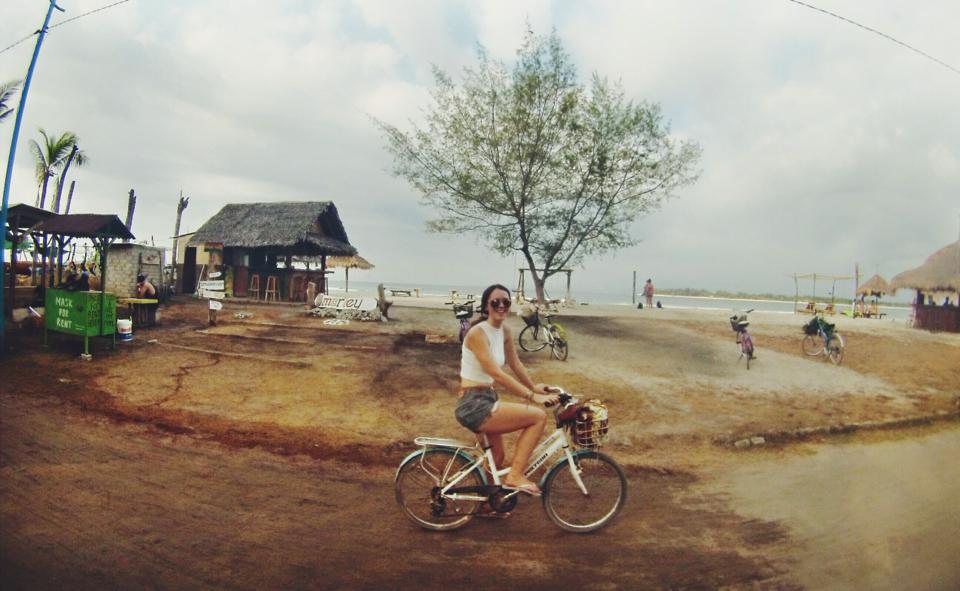
Consider Your Use Of Carbon
You’ve just created a pretty hefty carbon footprint flying to wherever your destination is. Travelling slower is an awesome way to reduce your carbon footprint while travelling. The more eco-friendly ways of travelling tend to be slower like walking, cycling, going by bus or train. Traveling slower has so many benefits, you can really get to know people and cultures so much better. In most cosmopolitans, renting a bike to explore is easily done. Exploring by bike is an awesome way to really get to know every nook and cranny of a city, you could stumble across so many hidden gems that a car could never get to. Saving carbon, and your hard-earned dollars on ubers.

Buy Locally Sourced Food
It’s not just transport that can really take a hit on the old atmosphere. When travelling, consider buying locally sourced food to offset the carbon emissions that would be used to transport produce. Food that is grown locally doesn’t have to travel as far, and it’s always a good idea to support local communities (especially in third world countries).
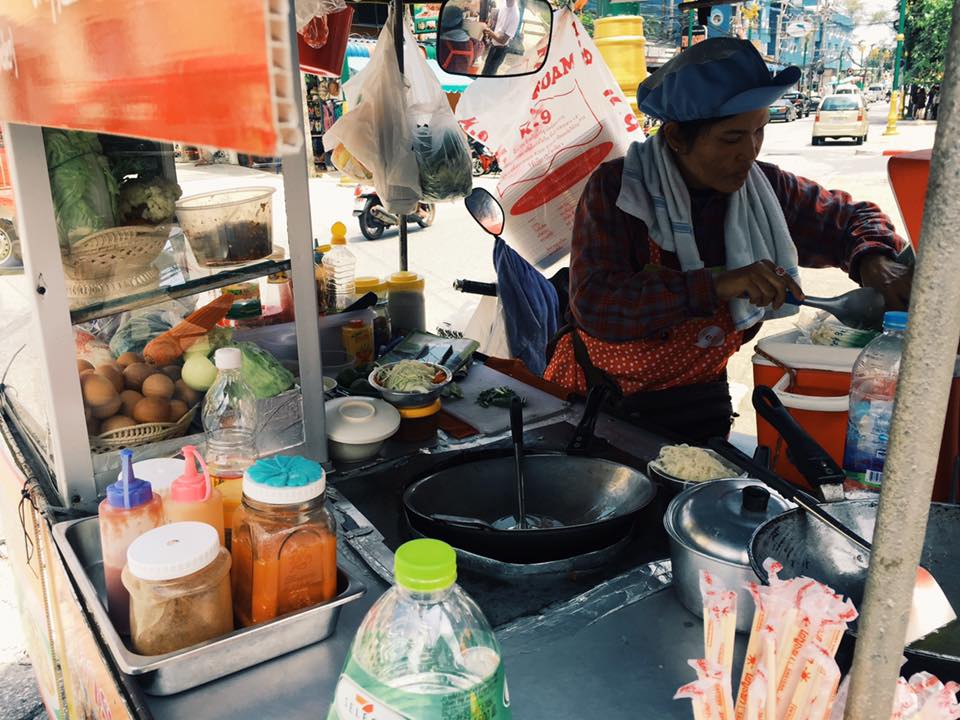
When backpacking, you should be thinking about the budget anyway. Buying food from local street food vendors is one way to make sure you’re eating locally sourced food. Yes, you can walk into a Macca’s, Starbucks, KFC, and still get a cheap meal. But a huge chunk of that money is leaving the local economy.
Your gut may take some getting used to the local food, but your wallet and the planet will thank you.
Stay in Eco-Friendly Hotels and Guesthouses
What might have begun as a niche in the travel industry, eco-hotels are growing in popularity among travellers. Hotels and guesthouses are now having to compete with companies like Couchsurfing and Airbnb, who offer way more eco-friendly accommodation alternatives.
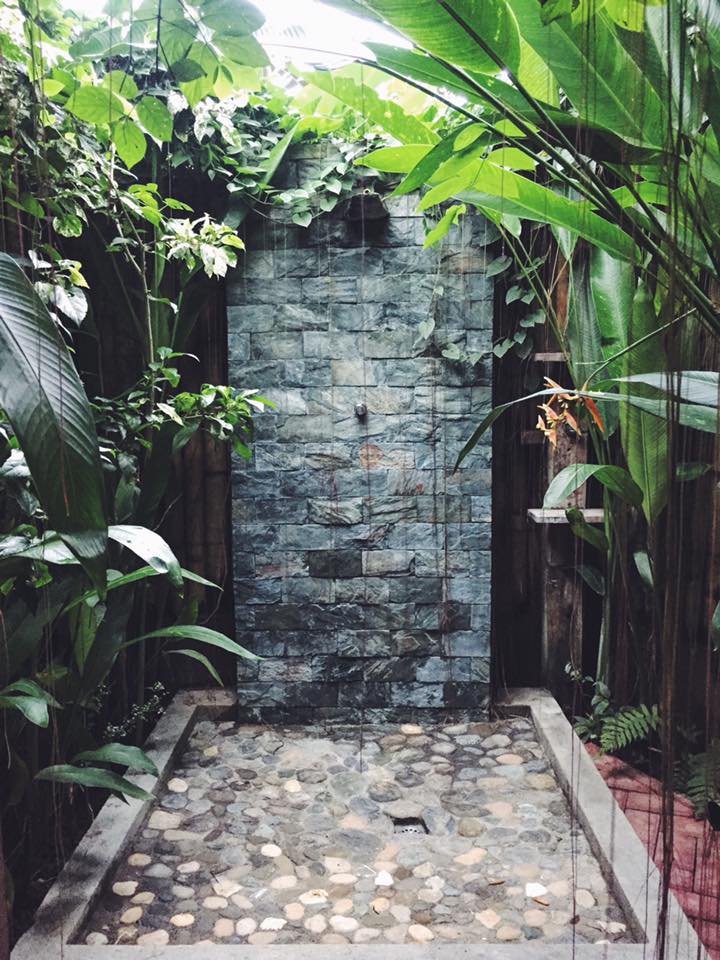
The Fox And The Firefly Cottages, Bohol
Opting to stay in accommodation that’s eco-friendly means it’ll be easier for you to recycle. You’ll be able to consume less electricity, water, and gas. Leading a greener lifestyle will be way easier for you while you travelling. If you find it hard to find decent eco-hotels in the area you’re traveling it, consider booking an Airbnb. Staying with a local is a sure-fire way to reduce your footprint. You’ll be treated to locally sourced food (or be given better tips on where to buy it), ride-sharing will become easier, and save water (if they have a water tank). Airbnb’s tend to be cheaper overall, and you get way more of a cultural experience seeing the way locals live.
Sign up for Airbnb here
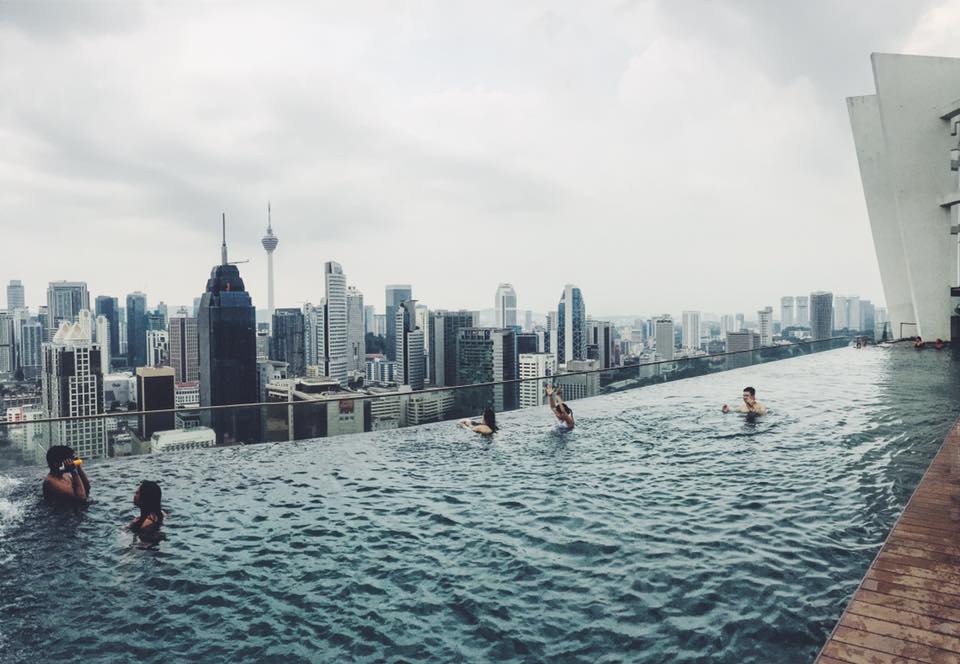
My Airbnb in Kuala Lumpur
Research eco-friendly travel companies
Sometimes you can’t avoid booking tours and excursions. If you must book a tour, do your research and find a company that will try and aid the local communities.
Helping local communities can be via conservation projects, or partnering with local tour companies/guides. An eco-friendly travel company will endeavour to reduce plastic waste, donate funds to local shelters/charities, support local agriculture, and provide cultural education. Some examples of eco-friendly travel companies include Kynder, Ecocompanion, Adventure Alternative, and Intrepid Travel.
Soon, I’ll be going on a week-long trip around New Zealand with Traverse Journeys. Traverse Journeys advocates for sustainable travel all over the world, and ticks all the boxes I’ve mentioned above. We’re even offering a discount to those who sign up and join us! You can read more about my trip, and how to get a discounted trip here.
The Bottom Line
There’s a huge shift happening in how people want to travel. Whether it’s generational, or cultural, it doesn’t matter. What matters is that more and more people are focusing on more sustainable outcomes when travelling. Tourism contributes to around 10% of the world’s economy, and the Global Sustainability Dashboard shows that half of that comes from only 10 countries. Which, is a gigantic strain on the natural resources in these beautiful places.
So, travel sustainably and responsibly. Visit far-reaching places that the tourism industry hasn’t exploited yet. Give back to local communities. Learn about new cultures.
Most importantly, treat our planet with love and care.
Do you have any tips for eco-friendly travel? Let me know in the comments below!



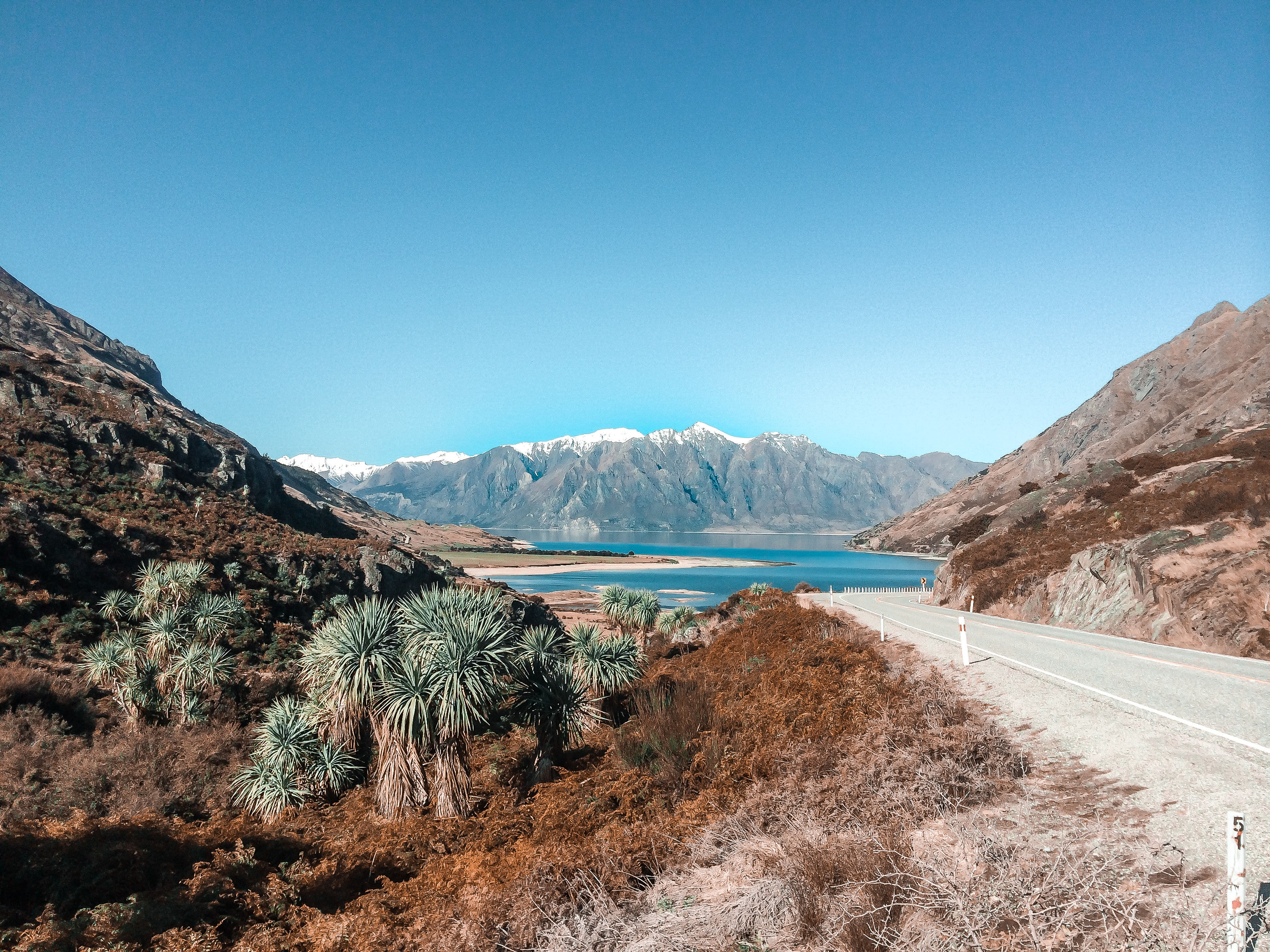














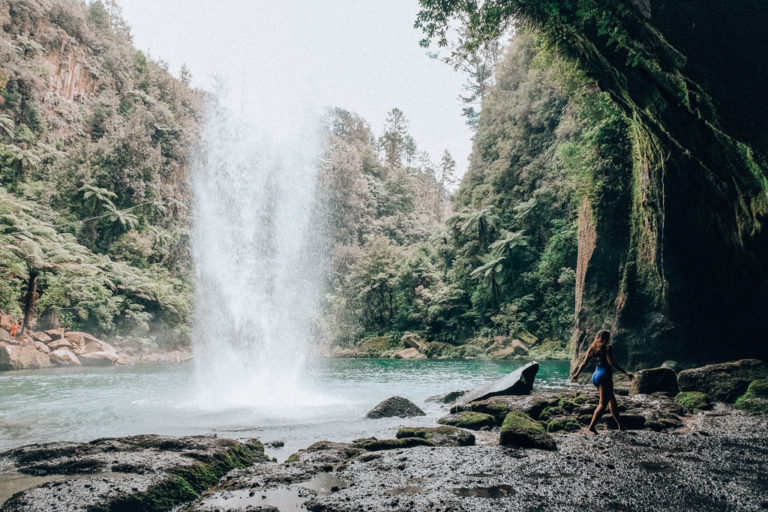

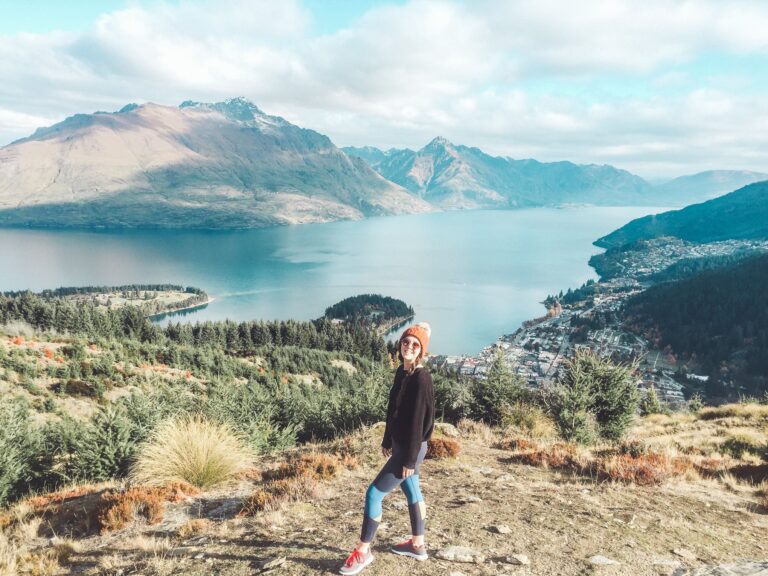
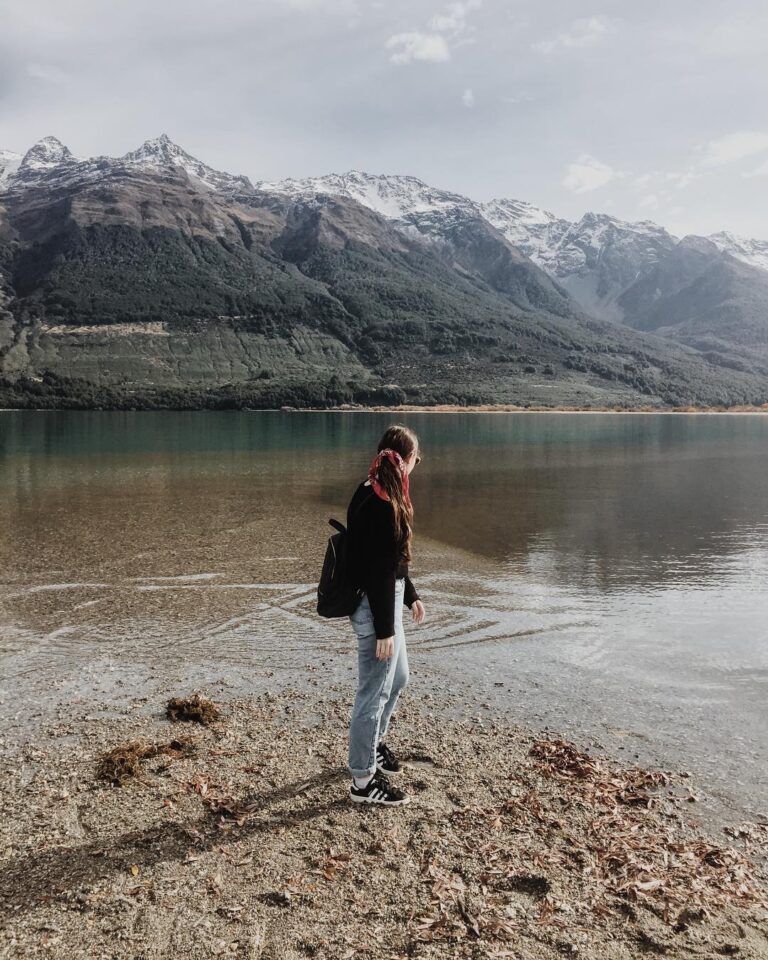





SOCIAL